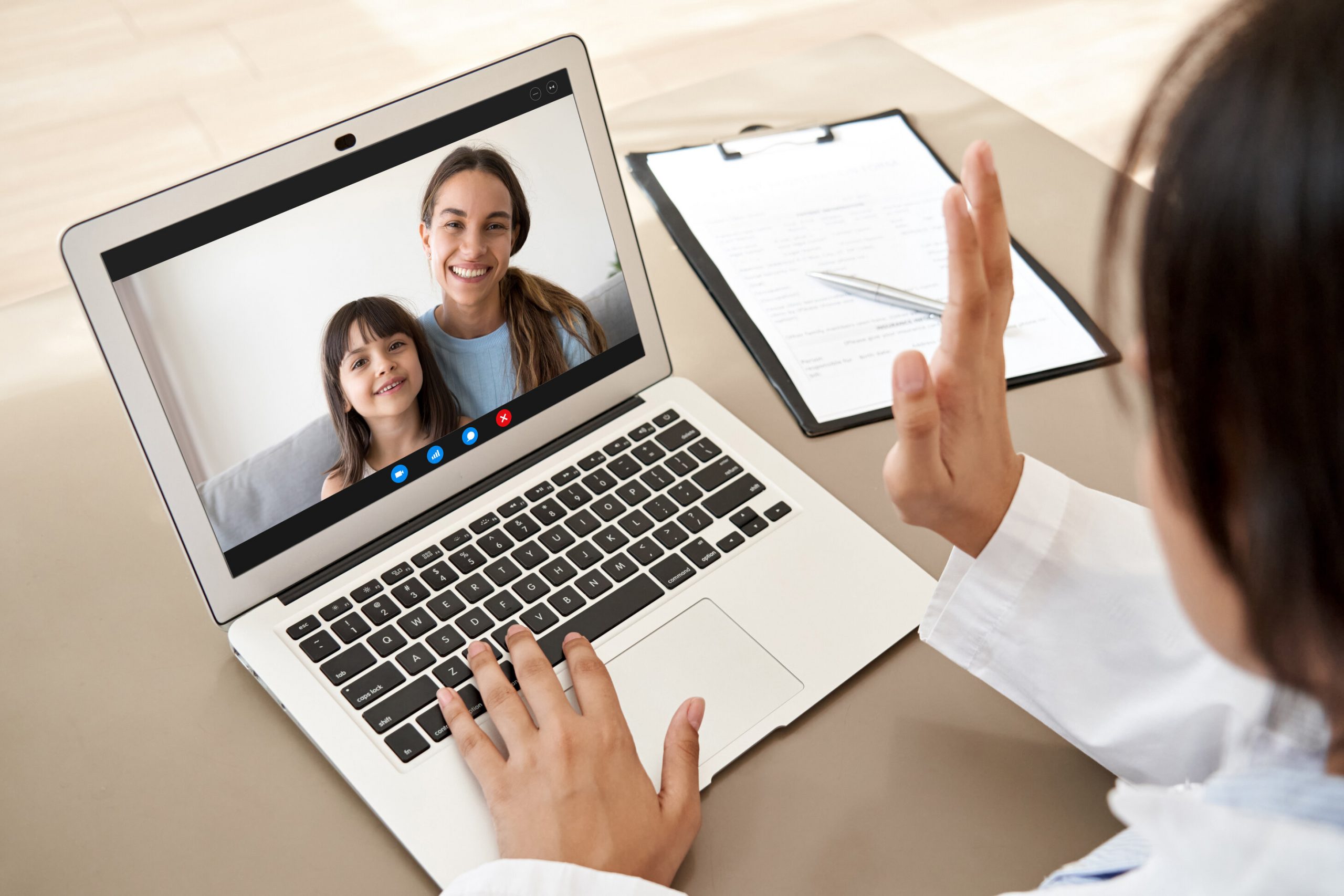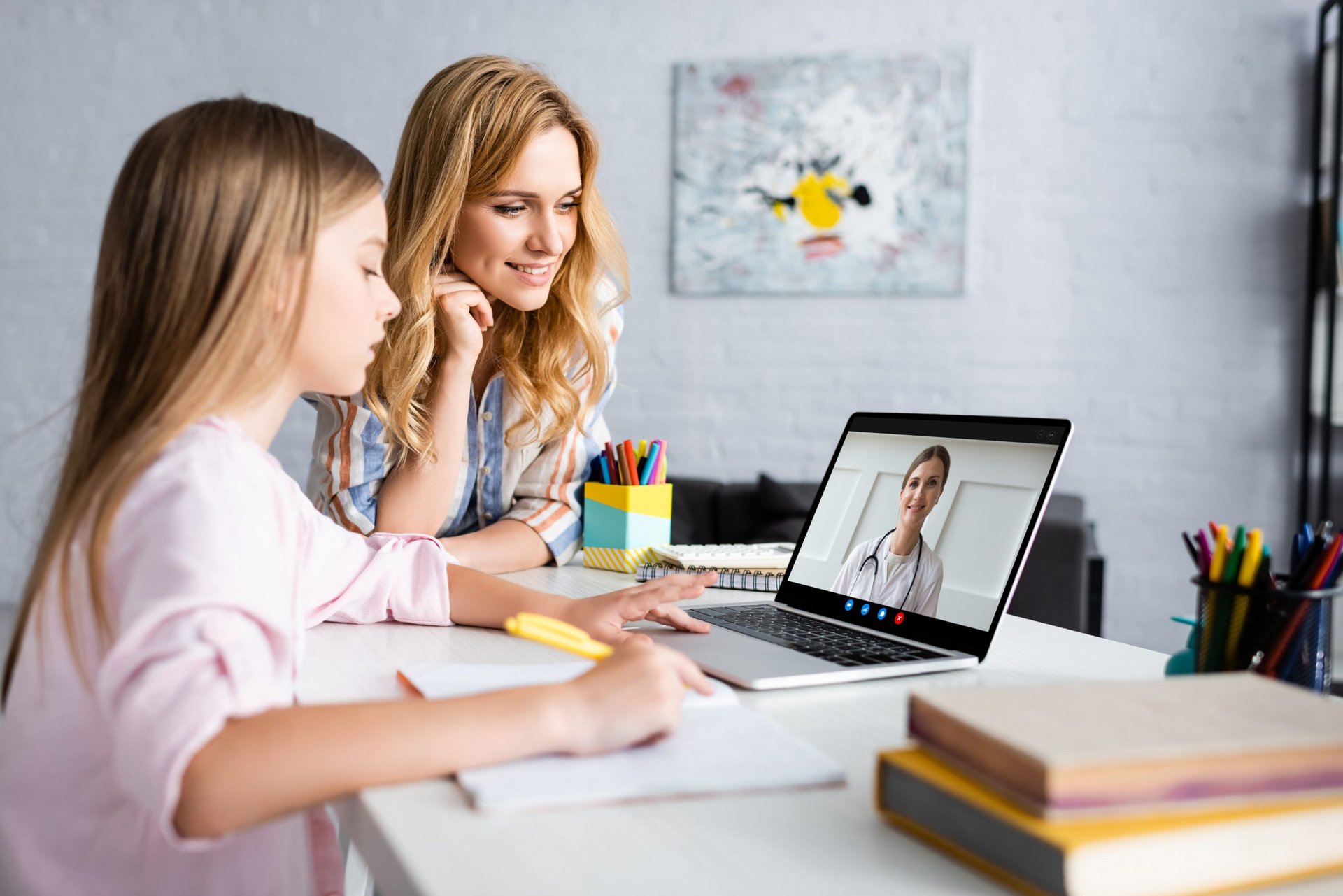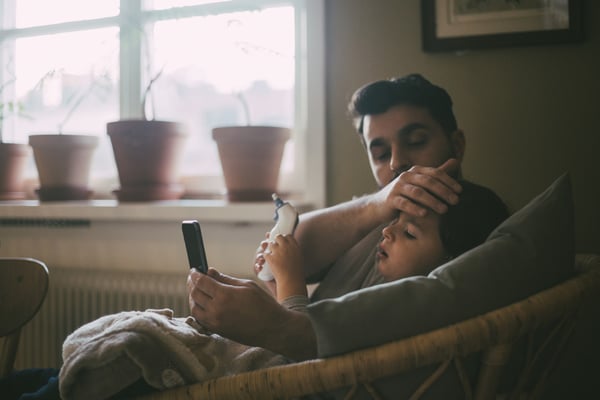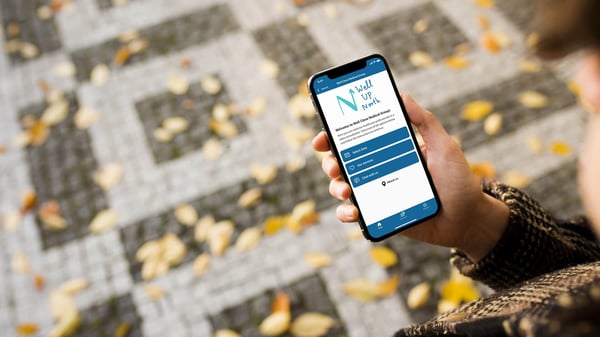I have been working online as a paediatrician for 5 years now and I’ve used different platforms – many more than an average paediatrician – partly because I was part of a national digitalisation project but partly because I wanted to try. I can safely say that working digitally in paediatrics is very natural because the parents are a digitally mature generation using digital tools in all aspects of their lives. However, this synergy is not without its challenges: This group is used to getting knowledge instantly and we all know that, sometimes, time is the best diagnostician.
As we saw in the recent letter from Ivy Grove, providing a digital door can be too smooth and easy and I partly still share that concern. However, our nationwide case study showed that presently, it may not have freed up clinical hours yet but, hadn’t we done this digital transformation, incoming patient cases would have increased over the phone. It is a huge win to have stopped the increasing trend. Moreover, new parents used to an instant response are not always looking for treatment – they are looking for knowledge; reassurance; comfort. Both these points are critical to consider from the get-go: Where do we want to be in 2-5 years? What is reachable? And, how do we want our new normal to look?
The benefits for families
The benefits of digital tools in paediatrics are indisputable. Consider a child in a state of fever, alternating between chills and cold sweat – dressing her, pulling her out of bed for an hour or two, having her wait – that is very troublesome. Moreover, the most common reason a child comes in is an infectious disease and the risk of spreading that to both parents and children at the clinic is enormous. I’ve had cases of children coming in with an ear infection, and I have to see them again in a week with a stomach bug that they caught during their visit. Additionally, we can have both parents in the video consultation, both involved in their child’s treatment, something particularly important for chronic diseases.

The benefits for the clinicians
From our side, as paediatrics professionals, there are numerous benefits to even improving quality of care and our time management: I get the history from both parents and have the different perspectives, levels of worry, and experiences, which is illuminating for getting a more precise medical history. I can see my young patients in a relaxed state, see their default – something particularly important for children with neuropsychiatric conditions. Research has shown that seeing the family in their home environment provides safer results for the child and professionals can spot problematic areas with more precision.
A rotating camera, multiple image uploads, guided medical history forms crafted by professionals – that is the present and it can make our professional lives and the care we provide much, much better. And it doesn’t stop at online consultations: Already today, we can automate the guided medical history part, instilling part of our expertise in it. In the foreseeable future, we can also integrate objective vital parameters. I personally feel both privileged and excited to have gotten a taste of that – Much more than my beliefs, it is my personal experience that made me an advocate for digital health.


